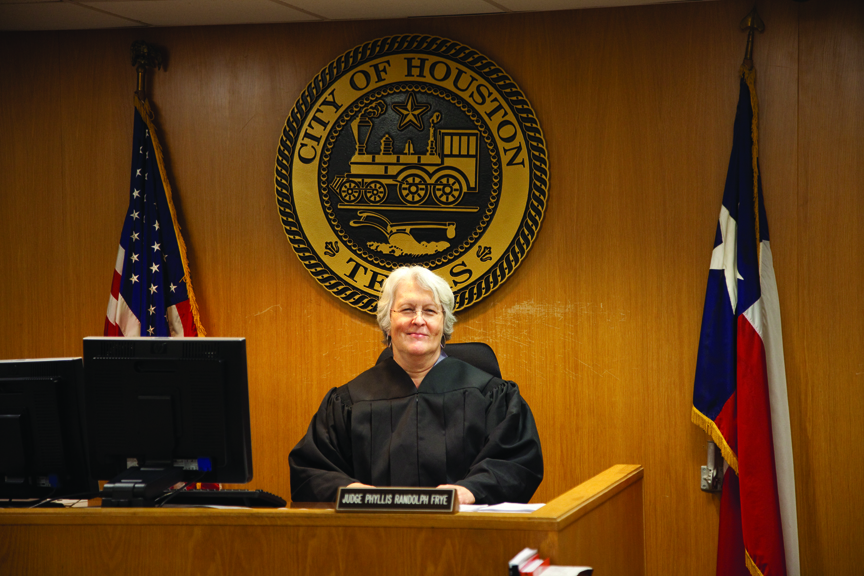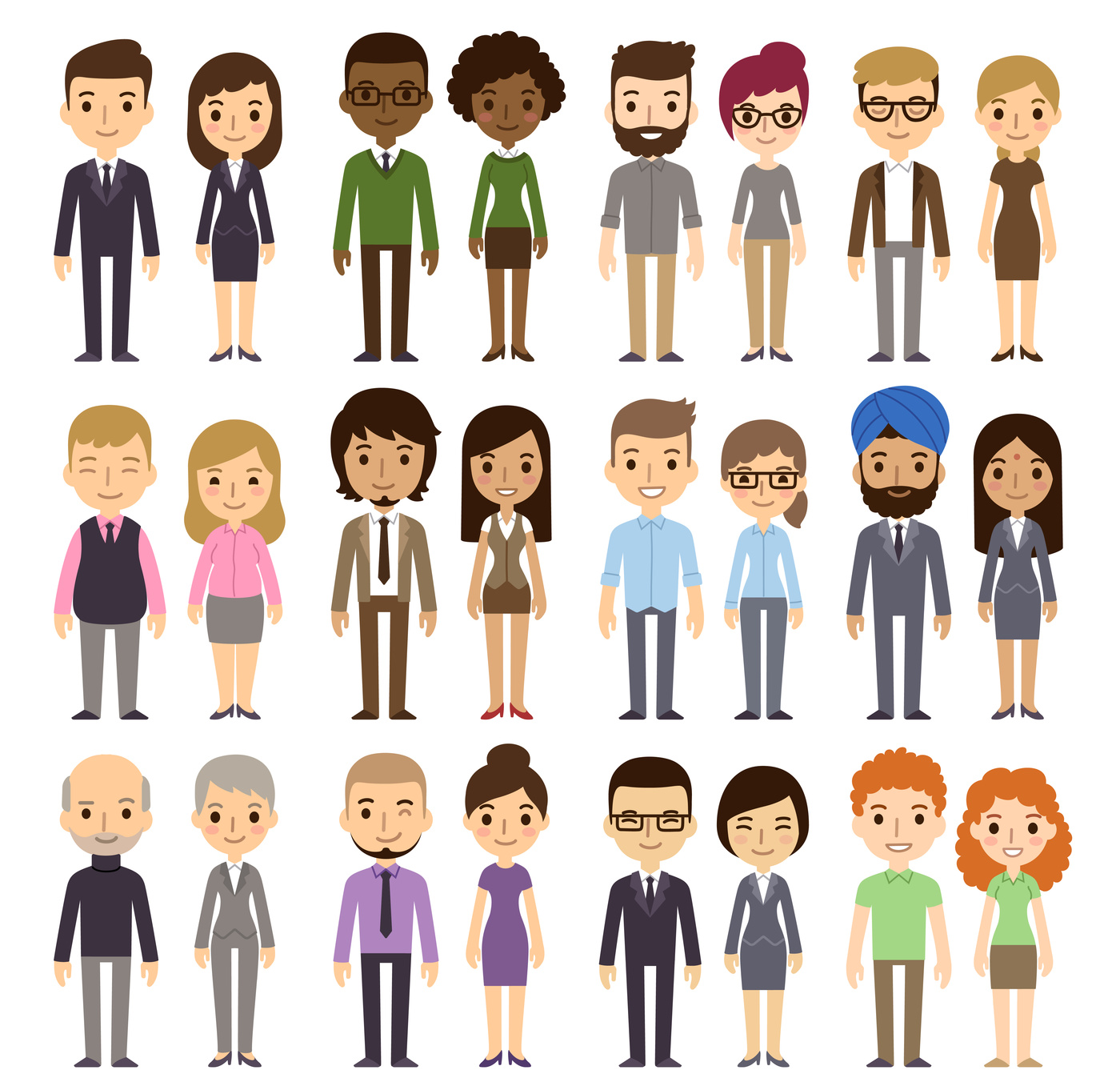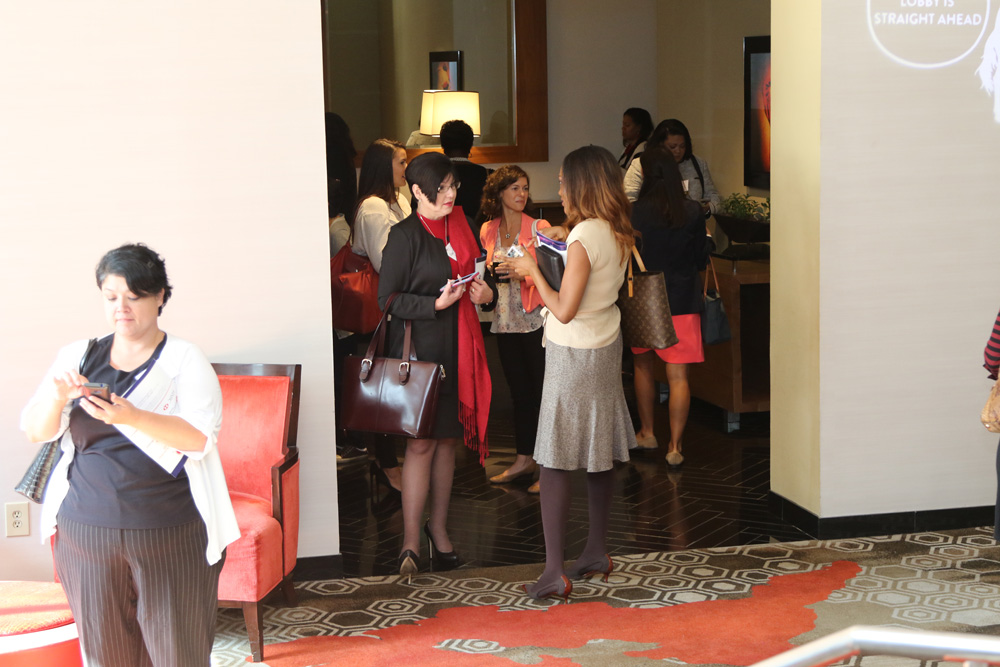#LoveWins #BlackLivesMatter #YesAllWomen
Through social-media platforms, the Millennial Generation expresses its support for the following movements: same-sex marriage, justice for police-brutality victims, greater awareness of the prevalence of sexual harassment, and the de-stigmatization of both abortion and mental health. Seemingly, we are highly reformist; indeed, the Pew Research Center reports that we as a group are more progressive, educated, and racially & ethnically diverse than our predecessors.

However, an alternative, maybe sinister explanation of our supposed status as a liberal-minded collective is that we are simply unaware of our own prejudices, partly because explicit racism is socially undesirable. As social neuroscientist David M. Amodio explains, “As norms have become more egalitarian, prejudices seem to have ‘gone underground,’ operating covertly and often unconsciously, such that they are difficult to detect and control.”
The phenomenon that Amodio describes is famously referred to in social psychology as implicit bias, or the subconscious endorsement of racial stereotypes. The 2003 song “Everyone’s a Little Bit Racist” from the satirical musical Avenue Q is germane still; experimental academia suggests that even our new generations are likely purveyors of racism.
Mechanistically, we possess the tendency to categorize items and relevant biases together. Our human reliance on such heuristics, or “rules of thumb,” may then increase our likelihood to utilize internal prejudices in decision-making. The phenomenon is better explained with an example. In a landmark publication from 2004, psychologists Marianne Bertrand and Sendhil Mullainathan conducted a field experiment in which they drafted several pairs of résumés, identical except for the names, each of which sounded either stereotypically White or Black (i.e. Emily and Lakisha). Sadly, White applicants received 50 percent more callbacks for interviews, even by Equal Opportunity Employers. A similar study in 2007 replicated the results with White- and Arab-sounding names. Despite public opinion and policy, the labor market is deeply discriminatory.
Another example, insidiously relevant to #BlackLivesMatter, is the reconstruction of memory in agreement with implicit attitudes. In 2004, psychologists Jerry Diller and Jean Moule created an experiment in which participants briefly viewed an image of an armed White man attacking an unarmed Black man. Later, some respondents mentally reversed the races and reported that the image featured an armed Black man attacking an unarmed white man. As Moule mentions in her 2009 paper, Understanding Unconscious Bias and Unintentional Racism, because of their unconscious biases and in contrast with their explicit views, police officers are more likely to shoot at unarmed Black persons (see: Tamir Rice, Michael Brown, Eric Harris, Phillip White, Antronie Scott et al) than at unarmed White persons.

Admittedly, the police force comprises mostly members of Generation X. We may examine our own internal biases by taking the Implicit Association Test at ProjectImplicit.com. The test is administered on a computer and designed to measure implicit beliefs by identifying participants’ automatic associations between, for example, “White people” and “good.” The theory is that the more closely associated “White people” and “good” are for a particular participant, the faster he or she responds to their pairing when asked to press a certain key. The results are dismayingly eerie: Anthony Greenwald, the inventor of the test himself, along with social psychologist Mahzarin Banaji of Harvard University and journalist Malcolm Gladwell, the author of Blink: The Power of Thinking Without Thinking, all scored a preference for White people. In fact, most respondents scored pro-White.
Though results of implicit association tests are often alternatively explained as the result of a preference for familiarity rather than as the result of true prejudice, half of Black respondents also scored an unconscious preference for white people over Black people. Belonging to a minority group cannot itself preclude racism.
In 1954, psychologists Kenneth and Mamie Clark conducted an experiment in which both black and white dolls were presented to Black children. When told to “Give me the doll that is a nice doll,” participants selected the white doll. Similarly, when told to “Give me the doll that looks bad,” the children selected the black doll. An entire half-century after Brown v. Board of Education outlawed segregation, film student Kiri Davis replicated the experiment in Harlem in 2005. Disturbingly, Black children once again selected the black doll when asked to “Show me the doll that looks bad.”
It is distressing that societal attitude is the hare to the tortoise of policy. We believe that our beliefs are progressive, but our mental appraisals indicate otherwise; meanwhile, public policy drags itself along, slowly lapping us back in 1964. Dismaying, this law is itself somehow more forward-thinking than us, 40 years later. We feel that we are achieving progress, but perhaps it is only overt—in namesake, in typed words on screens, in printed postings, in wishful Tweets. Fortunately, implicit bias may acquiesce to a deliberate effort to behave fairly. As Moule suggests, “Unpacking our levels of consciousness and intent requires hard work. First, there needs to be unswerving, unnerving, scrupulous honesty. Individuals need to become less focused on feeling very tolerant and good about themselves and more focused on examining their own biases.”
We need an unraveling.
We must encourage workplaces to blind-read applications, meaning that they would firstly evaluate resumes without irrelevant information like names. As of 2015, corporations such as Deloitte and Google are at the forefront of anonymous screening. Blind interviewing, the practice of live-chatting, can control for gender. Although it is an imperfect process, it can potentially enable diversity among second-round interviews. Telephone interviewing is another trend in recruitment, because it sometimes controls for race. As we continue into 2016, we may advocate for the testing and awareness of other biases, like prejudice toward conspicuous disabilities.
Furthermore, we can promote curriculum for cultural competence among Human Resource Departments, which are more likely to recruit diverse employees if they elect to participate in sessions with organizations that advocate for diversity. Police academies may employ a similar program of study. If we inspect our own unconscious biases, instead of simply accepting our explicit views as progressive, we can align ourselves with public policy and physically implement #EqualOpportunity, along with the myriad other movements that decorate social media.





